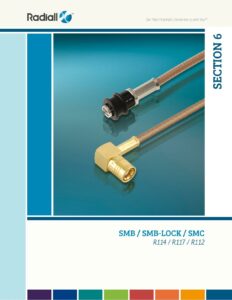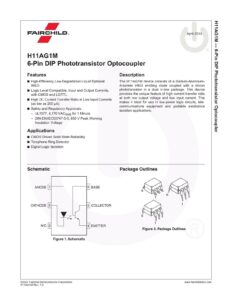Overview
This Standard Microcircuit Drawing outlines specifications for digital low power Schottky TTL (Transistor-Transistor Logic) microcircuits specific to bus transceivers with three-state outputs. Prepared by the Defense Supply Center Columbus (DSCC), this document is essential for manufacturers and governmental agencies focused on military-grade microcircuit requirements.
Document Management
The datasheet contains revisions including updates to reflect the latest changes in format and requirements, corrections to the marking paragraphs, and editorial changes. Notably, the document’s current CAGE code is 67268 and it was last approved by Raymond Monnin, with the drawing approval date being May 19, 1981.
Part and Identifying Numbers
The complete Part or Identifying Number (PIN) comprises the drawing number, device type, case outline, and lead finish. The documented device types 54LS242 and 54LS243 signify quadruple bus transceivers with three-state outputs, with the former being inverted and the latter non-inverted. Case outline options are provided based on MIL-STD-1835, including dual-in-line and flat square chip carrier configurations. The lead finish complies with specifications delineated in MIL-PRF-38535, appendix A.
Absolute Maximum Ratings and Recommended Operating Conditions
The microcircuits are governed by explicit absolute maximum ratings, such as a supply voltage range from -0.5 V dc to +7.0 V dc, input voltage range from -1.5 V dc at -18 mA to 5.5 V dc, storage temperature range from -65°C to +150°C,, and a maximum lead temperature for soldering at +300°C for 10 seconds. Furthermore, the operating supply voltage range is set between 4.5 V dc minimum and 5.5 V dc maximum, with specified input voltage thresholds for high and low levels, and a case operating temperature range from -55°C to +125°C. Devices must endure power surges due to possible short circuit testing.
Usage and Applicability
This microcircuit drawing is available to all departments and agencies within the Department of Defense, adhering to MIL-STD-883 compliance for non-JAN class level B microcircuits as stipulated in MIL-PRF-38535, appendix A. Fully understanding this drawing is crucial for the production and procurement of microcircuits used particularly in military applications.
References:
Chat: Powered By VoiceSphere
Pricing & Distributors: https://www.datasheets360.com/part/detail/8002001ca/2109933624111375787/






